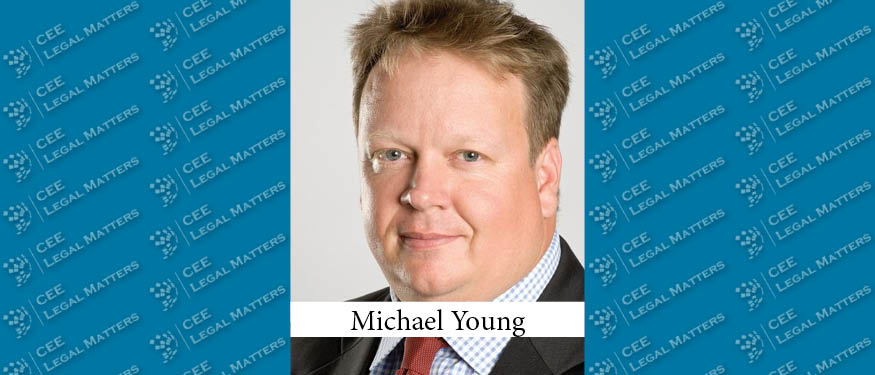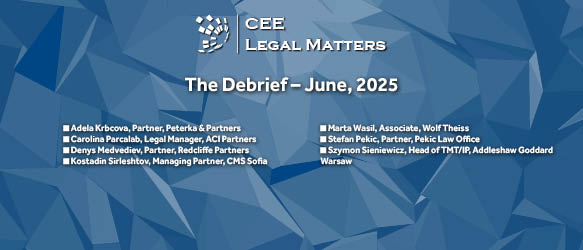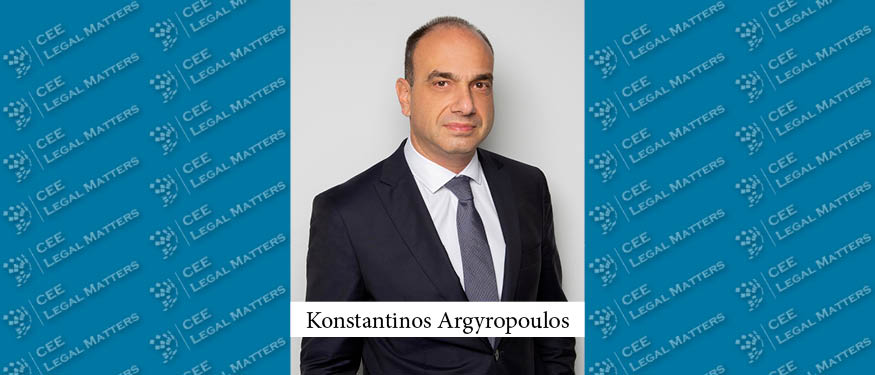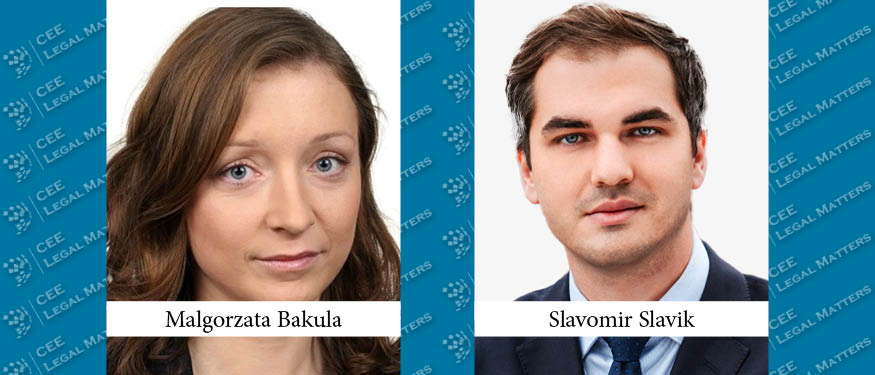CEELM: Tell us a bit about the deal and your firm’s role in getting it across the finish line.
Young: The deal involved Microsoft’s acquisition of Minit – a Slovakia-based company, specializing in process mining technology. It involved a Dutch holding company as well as subsidiaries in the UK, US, and Slovakia, where the founders grew their business. We were brought in to support Microsoft in dealing with the rather complicated structure and helping them get the acquisition done.
CEELM: At what stage did you become involved and what do you believe it was about your firm/team that won you the mandate?
Young: We got involved at the term sheet stage, so fairly early. We have a good relationship with Microsoft – we have acted for them on transactions for over 20 years now. We work with them primarily in the UK but, every now and then, we end up supporting them in other jurisdictions as well. Since we have covered so many transactions for them over time, I think it’s a simple matter of them knowing and being comfortable with our team. And we know them and how they like things done quite well by now.
CEELM: What do you believe were the main considerations for which the jurors picked this deal as the winner?
Young: I think it’s a great success story – a Slovak-founded business that now lives the dream. It’s what all EU tech entrepreneurs are looking to do: grow through venture capital and then exit to a US giant. I don’t think the value is disclosed but it represents a great endorsement of what the team there has done and what can be achieved in the country.
CEELM: What were the most complex aspects of the deal from a legal perspective? And what were some of the biggest difficulties faced in the process?
Young: It’s difficult to say without going into any sensitive matters. If I had to point to one obvious challenge, it’d be the multi-jurisdictional element of the deal: a US buyer, a Dutch holding company, and all the subsidiaries involved across the board.
CEELM: In contrast, what, in your opinion, went particularly smoothly and what do you believe contributed to it?
Young: Again, it’s difficult to go into detail but, in general terms, I’d say the deal was run as it should be: all were working towards the same general goal – getting the deal done. It was a very collaborative process: the sellers wanted to sell, and the buyer wanted to buy. Ultimately, the buyer wanted to incorporate the target’s services into their own offering. That could only be a success if the team integrates and the process is collaborative. We were all there to help the transaction happen rather than hinder it.
CEELM: In your view, what is the significance of this deal for the Slovak market?
Young: As I mentioned already, I think it represents a great endorsement of what a tech company can achieve in the country. They built up a very exciting company that runs cutting-edge technology to the point that it was interesting for one of the largest tech companies in the world.
CEELM: What about the wider CEE region?
Young: I see a lot of companies having tech that is built out of the region. I get the impression that there are good universities producing well-educated software developers that a lot of companies use to build their tech. I think deals like this one will reinforce that impression and others might turn to the region for those capabilities.
CEELM: Do you believe we can expect other similar deals in the near future in the region? Why/Why not?
Young: It’s always good for a market to have a success story such as this one. It represents a great endorsement to have one leading global company comfortable acquiring a company in the region. It sends a message that if they would, why would others shy away from it? At the end of the day, large tech companies need to remain cutting-edge. Since that is not always possible organically, I think they will continue to look around for opportunities to acquire good people and good tech through such deals. And deals such as this one send a message that CEE is a good place to look for targets.
This article was originally published in Issue 10.5 of the CEE Legal Matters Magazine. If you would like to receive a hard copy of the magazine, you can subscribe here.















